A future man-made, self sufficient floating city to be called green floats or botanical cities is dreamt by Shimizu Corp., a Japanese firm working with State University of New York (SUNY) Polytechnic Institute.
Asia Green Buildings.

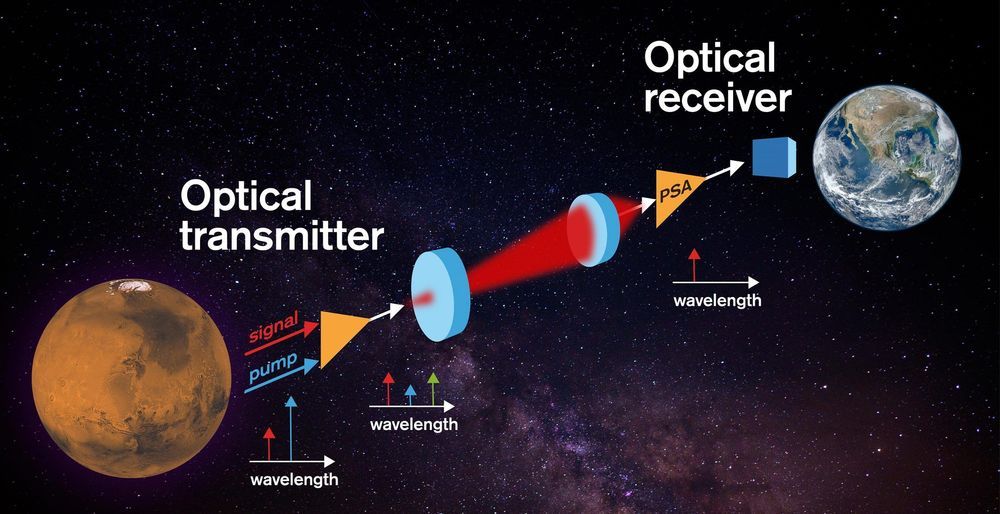
Communications in space demand the most sensitive receivers possible for maximum reach, while also requiring high bit-rate operations. A novel concept for laser-beam based communications, using an almost noiseless optical preamplifier in the receiver, was recently demonstrated by researchers at Chalmers University of Technology, Sweden.
In a new paper published in the scientific journal Nature: Light Science & Applications, a team of researchers describes a free-space optical transmission system relying on an optical amplifier that, in principle, does not add any excess noise — in contrast to all other preexisting optical amplifiers, referred to as phase-sensitive amplifiers (PSAs).
The researchers’ new concept demonstrates an unprecedented receiver sensitivity of just one photon-per-information bit at a data rate of 10 gigabits per second.

The Pentagon’s Transportation Command and Elon Musk’s SpaceX are teaming up to examine using rockets to ship cargo through space. The plan raises the prospect of sending urgently needed supplies to U.S. troops anywhere on Earth, within minutes. While the idea is technically feasible, there are several factors, including cost and preparation time, that could make it unworkable.
DIVE DEEPER ➡ Read best-in-class military features and get unlimited access to Pop Mech, starting now.

Did you know Perseverance has a twin on Earth, OPTIMISM, that helps engineers test hardware and software before commands get sent to the rover?
Join NASA’s Jet Propulsion Laboratory (JPL) for an Instagram live on Oct. 7 in the 9am PT hour (~noon ET, ~1600 UTC): http://instagram.com/nasajpl
Learn more about OPTIMISM: mars.nasa.gov/news/8749/nasa-readies-perseverance-mars-rovers-earthly-twin/
#CountdownToMars
Credit: NASA/JPL-Caltech
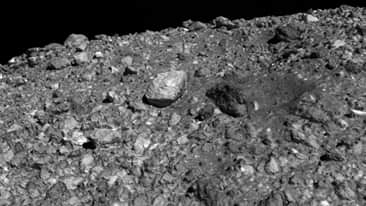
NASA’s OSIRIS-REx Asteroid Sample Return Mission now knows much more about the material it will be collecting in just a few weeks.
Goddard’s Amy Simon found that carbon-bearing, organic material is widespread on the asteroid’s surface, including at the mission’s primary sample site, Nightingale, where OSIRIS-REx will make its first sample collection attempt on Oct.20.
These and other findings indicate that hydrated minerals and organic material will likely be present in the collected sample.

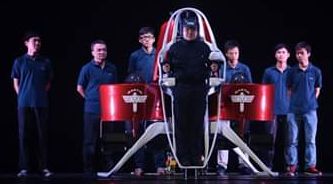
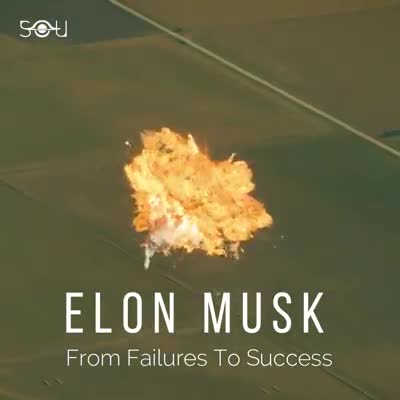
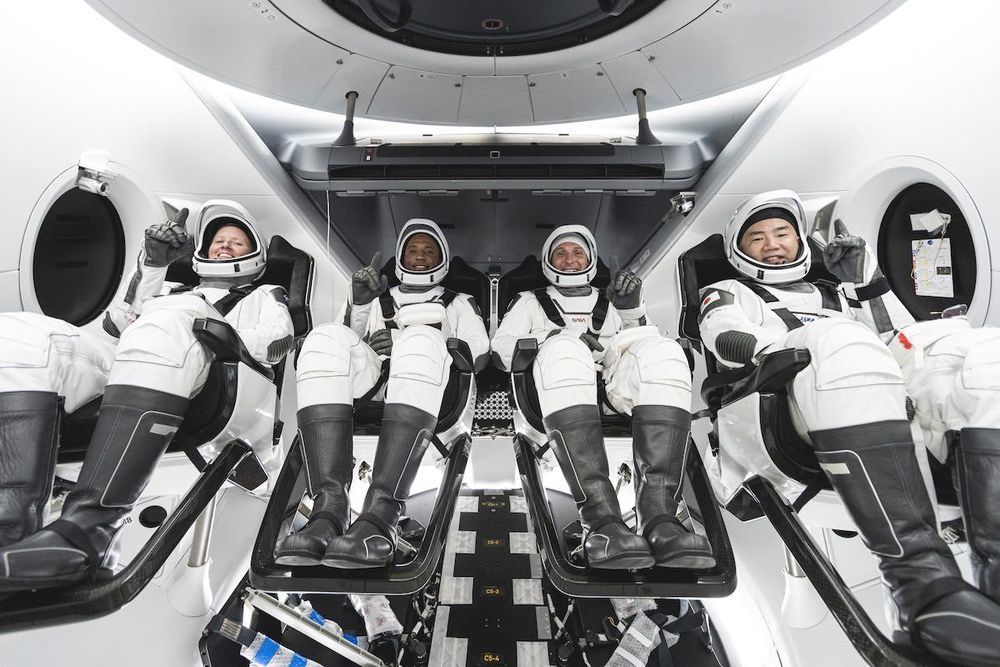
NASA said Saturday that the launch of four astronauts on SpaceX’s first operational Crew Dragon mission to the International Space Station has been delayed from Oct. 31 until “no sooner than early-to-mid November,” allowing time for SpaceX to resolve an issue with Falcon 9 rocket engines that halted a recent launch attempt with a GPS navigation satellite.
The engine concern appeared during an Oct. 2 launch attempt of a Falcon 9 rocket with a GPS satellite at Cape Canaveral, prompting computers controlling the final seconds of the countdown to abort the mission just two seconds prior to liftoff.
Elon Musk, SpaceX’s founder and CEO, tweeted after the abort that the countdown was stopped after an “unexpected pressure rise in the turbomachinery gas generator,” referring to equipment used on the rocket’s Merlin main engines. The gas generators on the Merlin 1D engines drives the engines’ turbopumps.
